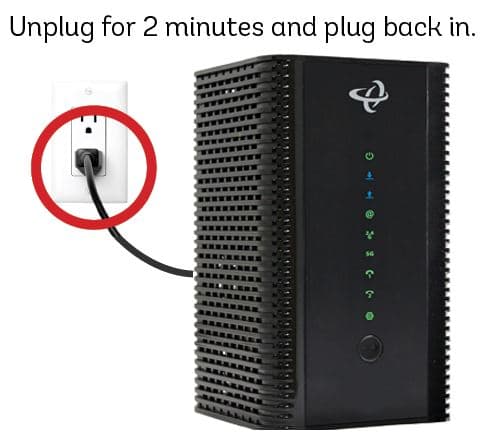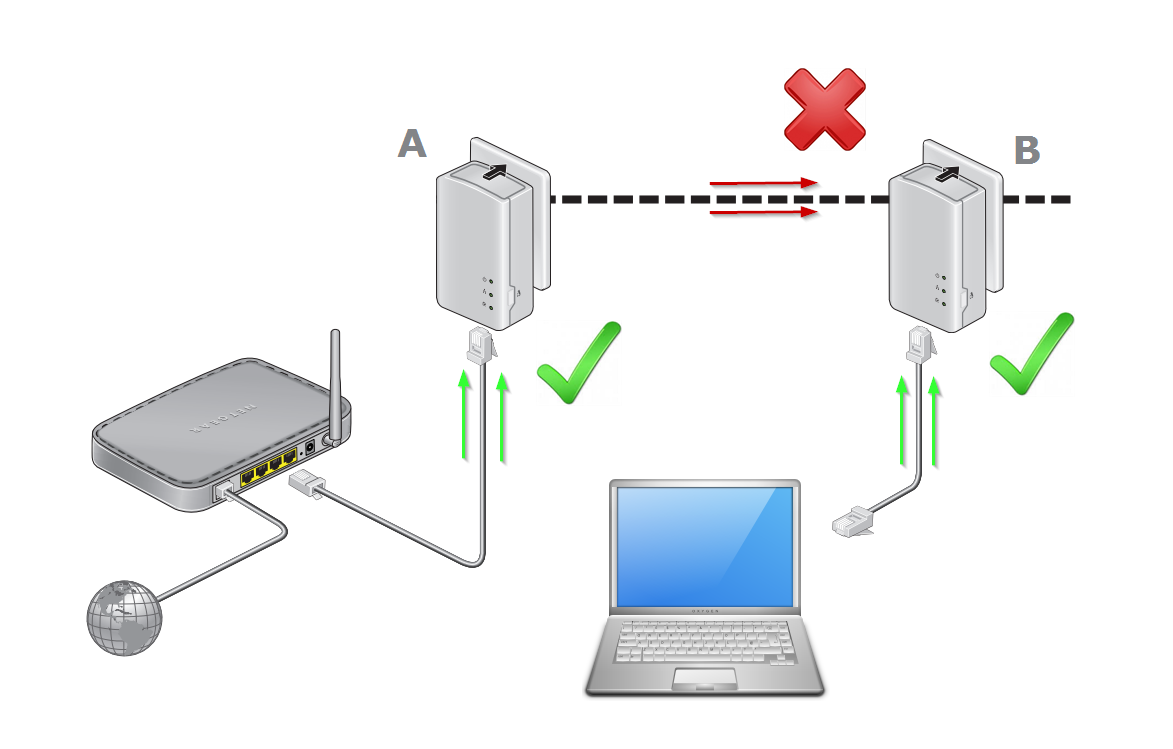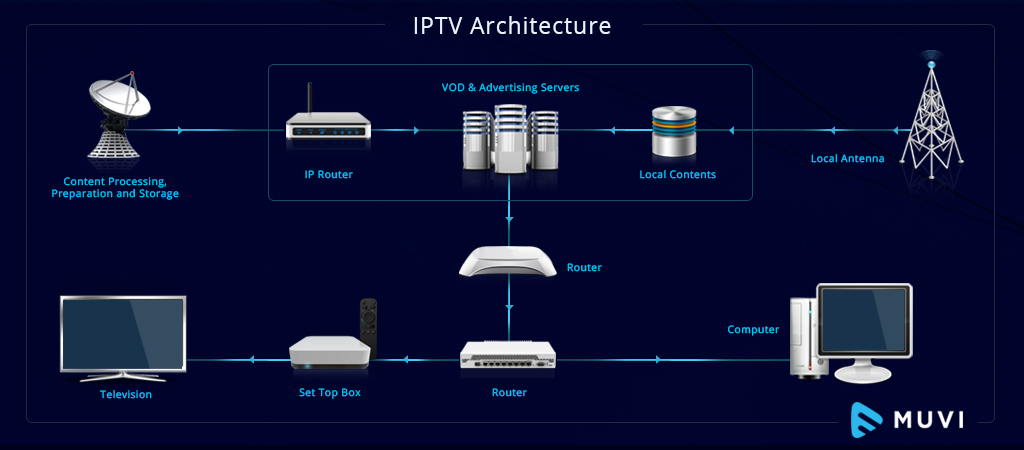Cable testing is a crucial quality control process to ensure cables function properly and safely in infrastructure and equipment. It detects issues before installation to prevent failures or hazards. This article explains key aspects of cable testing.
Why Cable Testing is Important
Testing confirms cables meet technical standards for performance and safety. It also provides cost savings by identifying problems early. Without testing, failures can cause expensive damage, injuries, or fatalities.
Types of Cable Tests
There are various cable tests assessing different parameters:
- Continuity Testing: Checks cables have end-to-end electrical connections and measures resistance.
- Insulation Testing: Verifies insulation can withstand specified voltages without breakdown or leakage.
- Withstand Voltage Testing: Determines maximum voltage cables can handle before failure.
- Partial Discharge Testing: Detects weaknesses in insulation that could lead to premature breakdown.
When Cable Testing is Conducted
Testing is done:
- After manufacturing
- Before and after installation
- Periodically during operation
This verifies quality and monitors gradual deterioration.
Cable Testing Process
The key phases in testing are:
Visual Inspection
Cables are visually checked for any damage during transport or installation.
Electrical Testing
Various electrical tests assess continuity, insulation resistance, breakdown strength, and other parameters using specialized testing instruments.
Review and Analysis
Results are compared to acceptance criteria per relevant standards. Further diagnostics may be needed to investigate failures.
Documentation
Comprehensive test reports must be prepared showing procedures performed and measurements obtained.
Cable Testing Equipment
Common equipment includes:
- Continuity testers
- Insulation resistance meters
- Hipot testers
- Partial discharge detectors
- Time-domain reflectometers
Advanced systems also measure transmission characteristics.
Conclusion
In summary, cable testing is vital for performance, safety, and cost savings. It is conducted throughout manufacturing and installation using specialized electrical test equipment. When done properly, testing prevents failures, accidents, and downtime.







